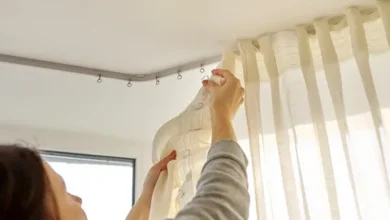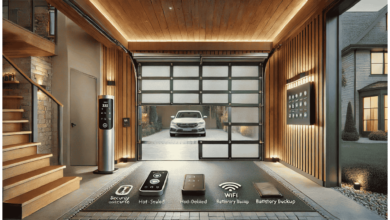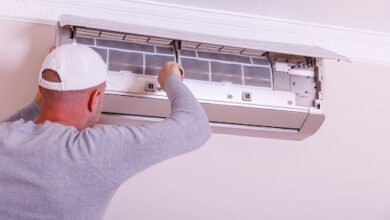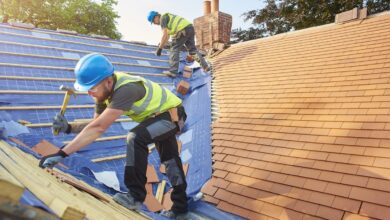The Pros and Cons of Getting Vinyl Plank Flooring For Your Home
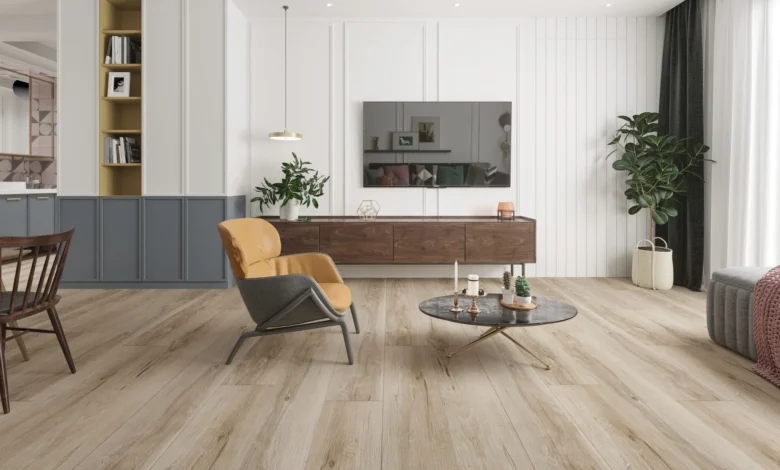
Have you seen those floors look exactly like real wood? Those are vinyl planks. Yes, they’ve come a long way. These vinyl planks look great, feel good, and don’t make a dent on your budget. But looks are not everything, right?
Before you rip out your old floors and roll in the planks, why not take a glance at the pros and cons of this material?
Pros of vinyl planks:
- Holds up well against daily wear
Life at home isn’t always gentle. Shoes drag dirt, kids drop toys, and pets bring chaos. Vinyl plank flooring can take a hit. It’s made for busy homes. You can spill, walk, drag chairs, or let the dog zoom around. It won’t dent or chip like hardwood.
That’s the beauty of it. You don’t have to panic every time something crashes to the floor. It’s not indestructible, but it’s tough.
- Handles moisture without swelling
Spills happen. Sometimes leaks, too. Maybe even floods, if the washing machine decides to throw a tantrum. Here’s where vinyl plank flooring stands out. It’s waterproof. Not just water-resistant like laminate. Real waterproof.
Bathrooms? Safe. Kitchens? Go ahead. Basements? No problem.
The core doesn’t swell when wet. That’s a big win compared to wood or laminate, which puff up and ruin fast. If moisture is part of your home story, vinyl is a smart move.
- Looks like wood without the upkeep
Wood is gorgeous, no debate there. But it needs love and time. And sometimes money.
Vinyl gives you the same warm look without the hassle. No polishing, no sealing, no sanding, just sweep and mop. And it doesn’t look fake like it used to. These days, the textures are on point. Some even come with grain you can feel. If you want the wood look without babying it, vinyl gives you that freedom.
- Easier and cheaper to install than you think
Hiring flooring pros can be pricey. But vinyl is friendly for DIYers. Even first-timers. Most vinyl plank floors use a click-lock system. It’s like building a puzzle. No need for glue or nails, just line them up and snap them in.
Some people even install it over their existing tile or laminate. As long as the base is clean and flat, it usually works. This means lower labor costs. And faster results. Plus, if a plank gets damaged, you can swap it out without tearing up the whole floor.
- Comfortable underfoot compared to hard tiles
Tiles are nice, but cold and hard. You feel it in your knees, feet, and back.
On the other hand, vinyl has a softer feel. Not squishy, but definitely gentler than tile or stone. Some versions even come with a padded underlayer built in. If you stand a lot while cooking or have kids who play on the floor, that small difference matters. Your body feels it.
And if your home echoes a lot? Vinyl helps with that, too. It absorbs sound better than hard tile or hardwood.
Cons of vinyl planks:
- Not immune to scratches over time
Yes, it’s tough. But not perfect. Drag a metal chair the wrong way, and you might see a scratch. Let sand sit under a rolling chair, and it’ll leave marks.
To fix it, use felt pads under furniture. Clean often to keep grit away. And for rolling chairs use a mat. That small step saves your floor.
- Does not add as much value at resale
Home buyers are picky. And sometimes stuck in old thinking. Even if your vinyl looks amazing, some folks still prefer hardwood or tile. Especially in higher-end areas.
Will vinyl flooring tank your home’s value? No. But it might not boost it either. So, use vinyl in places where it makes sense like kitchens, basements, or laundry rooms. And save real wood or tile for living rooms or entryways if you’re thinking about resale.
- Can fade or discolor in direct sunlight
Sunlight feels nice. But it can be harsh on vinyl flooring. If you leave a rug in one spot for months, and when you move it, you might see a difference in color. UV rays break down vinyl over time.
Cheaper planks are more likely to fade. Higher-end ones may have a protective coating, but they’re not invincible either.
But don’t worry, you can use curtains or blinds during strong daylight. Or rotate rugs and furniture now and then.
Conclusion
No flooring is perfect, but vinyl has more benefits than other flooring types. If you’re looking for something challenging, waterproof, low-maintenance, and aesthetically pleasing, without breaking the bank, this one is hard to beat. Just go in with both eyes open. Know the limits. Treat it right. And it’ll serve you well for years.
